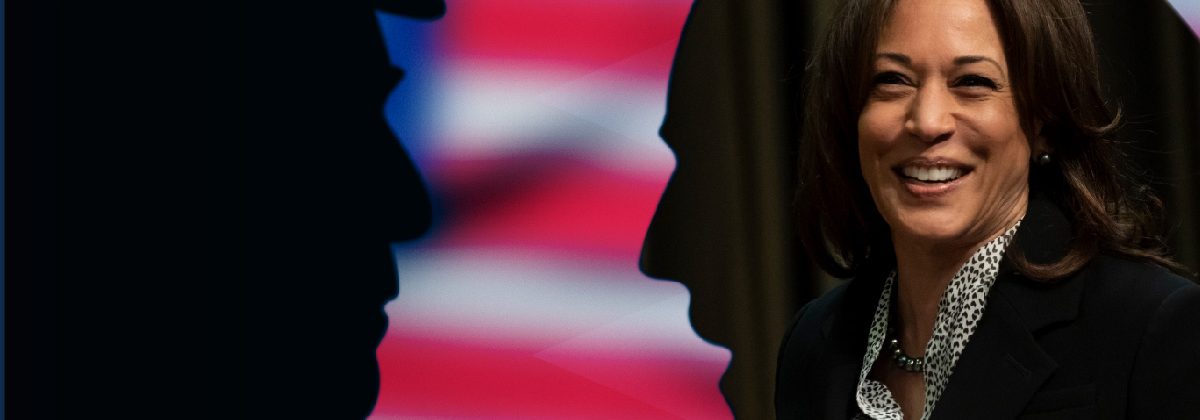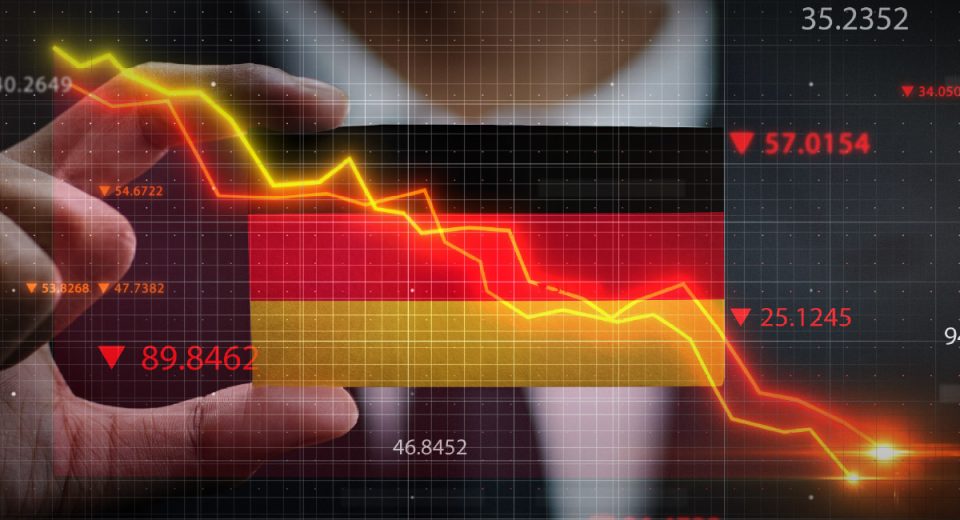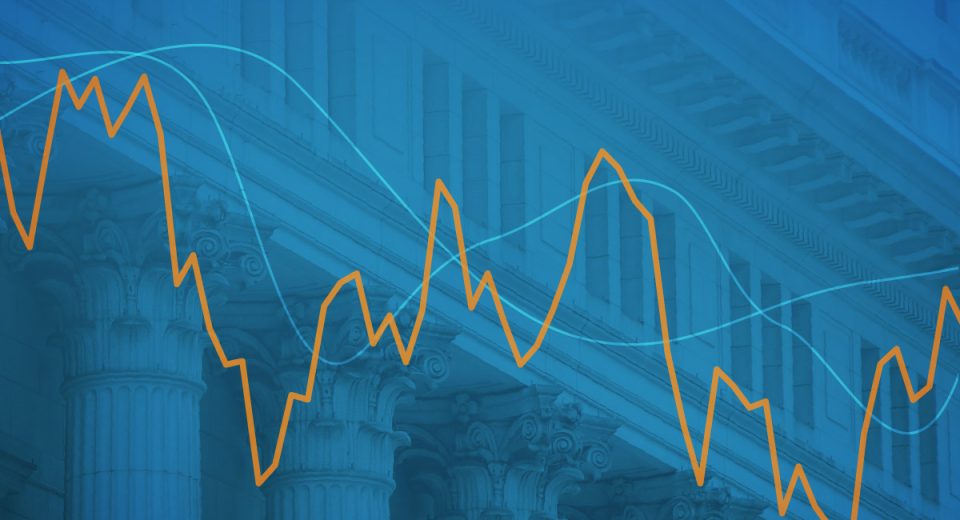How Kamala Harris’ Candidacy Impacts the Markets

Biden bowed out of the US presidential elections on July 21, 2024, following which Kamala Harris secured the Democratic Party’s nomination. The entry of a younger and seemingly popular presidential candidate has put Trump’s chances of triumph in jeopardy. In addition to meaningfully balancing Democrats against Republicans, Biden’s exit has significantly affected the US markets and trader sentiment. How do you capitalise on market opportunities that will arise till the US election results are declared? Here’s what you need to know to inform your trading strategy.
Harris Faces Unique Challenges
Being the Vice President of the Biden Office, Kamala Harris is deeply involved in the policies of the existing US President. A key challenge for her is to position herself as loyal to the President yet distant from his unpopular policies. Young American voters have highlighted the burden of inflation and post-pandemic recovery many times. Simultaneously, a failure to ease tensions with the Middle East may influence voters of colour.
Further, the Gaza issue has already split Democrats into opposing groups, balancing them is also a huge challenge for the potential president in the running. Harris is short on time to establish her distinct image as a Democratic candidate with unique opinions. However, the good news is that her popularity has picked up tremendous momentum from Day 1. So much so that Trump had to take preventive measures. These included the live-streamed meeting with Elon Musk as a show of power and an interview with journalists of colour.
The latest joint Harris-Biden events are further weighing on Trump’s efforts to regain the lead he had established against Biden, although that seems unlikely to occur soon.
Market Impact of Biden’s Exit
The chances of Harris winning the White House appeared faint in the beginning. But her popularity has proven otherwise, earning her a 2.1 points lead. Notably, she has yet to sway Trump’s loyal fan base since most of her traction comes from third-party voters. Here’s what we can expect going forward.
More Uncertainty
As Kamala Harris is still new to the race, all her moves are bound to create ripples across the financial markets. Added volatility creates new opportunities for traders. This is a time for you to stay prepared to take advantage of price movements across markets. A popular practice is to make derivative instruments, such as contracts for differences (CFDs), a part of your trading toolkit. They enable you to optimise on rising and falling asset prices without needing to own the underlying asset.
Additionally, CFDs are traded on margin, significantly lowering capital requirements to gain significant exposure to the markets. However, added purchasing power translates into amplified potential gains and losses. Therefore, risk management is paramount while trading CFDs. When CFD traders open a position in their speculated direction, they commonly also hedge it with a position in the opposite direction to minimise losses, in the case market moves against their expectations.
Pharma Reforms on the Cards
To make healthcare more accessible, Harris-Biden’s first joint announcement focused on a deal to lower Medicare prices for 10 of the costliest drugs. Januvia, Fiasp (Fiasp FlexTouch, Fiasp PenFill, NovoLog, NovoLog FlexPen, NovoLog PenFill), Farxiga, Enbrel, Jardiance, Stelara, Xarelto, Eliquis, Entresto and Imbruvica are likely to benefit from negotiated prices starting January 1, 2026.
The Biden administration claims that taxpayers will be able to save a total of $6 billion from the lowered prices. This will directly impact the pharma sector. Following the news, the Dow Jones US Pharmaceuticals Index (DJUSPR) gained 1.41 points and the S&P 500 Pharmaceuticals Biotechnology & Life Sciences Industry Group Index climbed 5.95 points. The pharma sector is expected to remain volatile as Biden unveils new prices for cancer medicines, diabetes drugs, and blood thinners in his remaining time at the White House. While savings will be visible only in 2026, an annual cap of $2,000 will lower the burden on Medicare enrolees.
Increased Consumer Spending
Harris has proposed to remove taxes from tips and raise the federal minimum wage. This is good news for services and hospitality workers. However, she plans to put guardrails, such as income limits, to prevent tax evasion. Added spending power among low-income groups translates into higher retail consumption. This will also boost the job market, supporting the economy. Since most US states and businesses already pay much higher salaries than the existing minimum wage, there are fewer chances of layoffs. However, this could weigh on the already slowing the US labour market.
Impact on the Energy Sector
Both Biden and Harris support electronic vehicles. With incentives in place for EVs, the oil industry may bear the pressure of the transition to clean energy. Oil prices under the reign of a Democrat are expected to decline.
USD to Remain Under Pressure
Harris is expected to facilitate reshoring incentives rather than taking the tariff route, Trump is known for. The fiscal policy may act as a headwind to growth and weaken the dollar. As the election date closes in and appears to collide with Fed’s monetary easing, the USD will remain under pressure through Q3 and Q4 2024.
Kamala Harris is expected to push US Digital Service to please pro-crypto voters, paving the way for a Central Bank Digital Currency. This is something Biden did not speak about much. US entry into CBDCs will not only bolster investor confidence in cryptocurrencies but in the US dollar as well.
Safe Havens Shine
As the Harris campaign unfolds, markets are bound to become more uncertain. During such times, traders are drawn to safe havens, such as gold. Diversifying into safe-haven assets is a popular technique that experienced traders use to protect their portfolios. The good news is that gold and other precious metal commodities can be traded with CFDs. The lowered entry barrier allows even beginners to get exposure to safe haven markets.
To Sum Up
- Replacing Biden has its challenges for Kamala Harris.
- The financial markets will remain volatile till the election is over.
- Traders can take advantage of market volatility through CFD trading.
- Harris’ policies support the EV and pharma sectors.
- The USD may remain under pressure in the near future.
- Refine your trading strategy to gain exposure to diverse markets, including safe havens.
Disclaimer
All data, information and materials are published and provided “as is” solely for informational purposes only, and is not intended nor should be considered, in any way, as investment advice, recommendations, and/or suggestions for performing any actions with financial instruments. The information and opinions presented do not take into account any particular individual’s investment objectives, financial situation or needs, and hence does not constitute as an advice or a recommendation with respect to any investment product. All investors should seek advice from certified financial advisors based on their unique situation before making any investment decisions in accordance to their personal risk appetite. Blackwell Global endeavours to ensure that the information provided is complete and correct, but make no representation as to the actuality, accuracy or completeness of the information. Information, data and opinions may change without notice and Blackwell Global is not obliged to update on the changes. The opinions and views expressed are solely those of the authors and analysts and do not necessarily represent that of Blackwell Global or its management, shareholders, and affiliates. Any projections or views of the market provided may not prove to be accurate. Past performance is not necessarily an indicative of future performance. Blackwell Global assumes no liability for any loss arising directly or indirectly from use of or reliance on such information here in contained. Reproduction of this information, in whole or in part, is not permitted.




